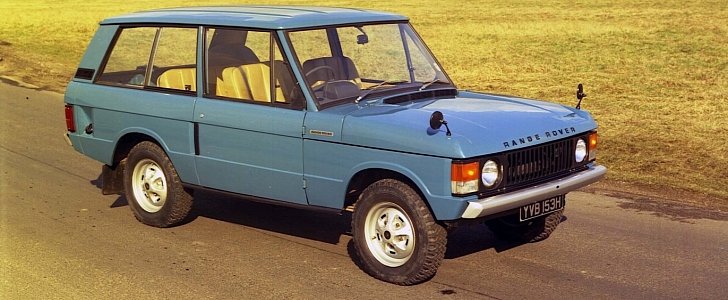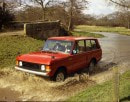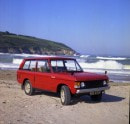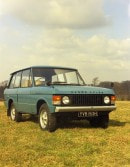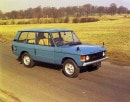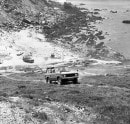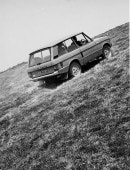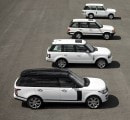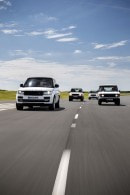The year was 1970, on this exact day and Land Rover had an SUV prepared to debut in the automotive realm. The name was Range Rover, a model that lived on to see four generations of cars unfolding over time.
The Range Rover story began in the sixties as Land Rover aimed to revolutionise the growing 4x4 leisure market. Production of the first prototype started in 1966, and the finished car was launched in Cornwall, in 1970.
To celebrate 45 years from the Range Rover brand's birth, Land Rover brought together four generations of the Range Rover to show the evolution of the vehicle. Speaking of evolution, let's see what each Range Rover generation had to offer at launch.
The first generation model, known as the Classic and initially only available as a two-door, went on sale in 1970 featuring a lightweight aluminium V8 engine, permanent four-wheel drive and all-round disc brakes. The first diesel Range Rover arrived in 1986 and three years later, in 1989, the model became the world’s first four-by-four to feature anti-lock brakes.
The second-generation Range Rover or P38a arrived in 1994 delivering an even more luxurious interior, greater on-road ability and off-road capability. On the outside, it featured a floating roof, a clamshell bonnet, plus a split tailgate for more practicality.
Technological highlights included the addition of a height adjustable suspension system coupled with an enhanced engine line-up: 2.5-liter diesel and 3.9-liter and 4.6-liter versions of the V8 petrol provided an extra kick in terms of performance.
Bigger and more spacious than the P38a, the interior of the third-gen Range Rover was inspired by exclusivist yacht designs first-class airline seating.
Also, it was the first vehicle to provide a ‘dual-view’ infotainment display. Other amenities included a 4.2-liter V8 Supercharged petrol engine in 2005, the TDV8 diesel engine in 2006, followed by all-new 5.0-liter V8 gasoline engines three years later.
There's a comprehensive timeline that will briefly take you through the Range Rover's history, so make sure you check that and get your facts straight on the British SUV.
To celebrate 45 years from the Range Rover brand's birth, Land Rover brought together four generations of the Range Rover to show the evolution of the vehicle. Speaking of evolution, let's see what each Range Rover generation had to offer at launch.
The first generation model, known as the Classic and initially only available as a two-door, went on sale in 1970 featuring a lightweight aluminium V8 engine, permanent four-wheel drive and all-round disc brakes. The first diesel Range Rover arrived in 1986 and three years later, in 1989, the model became the world’s first four-by-four to feature anti-lock brakes.
The second-generation Range Rover or P38a arrived in 1994 delivering an even more luxurious interior, greater on-road ability and off-road capability. On the outside, it featured a floating roof, a clamshell bonnet, plus a split tailgate for more practicality.
Technological highlights included the addition of a height adjustable suspension system coupled with an enhanced engine line-up: 2.5-liter diesel and 3.9-liter and 4.6-liter versions of the V8 petrol provided an extra kick in terms of performance.
Bigger and more spacious than the P38a, the interior of the third-gen Range Rover was inspired by exclusivist yacht designs first-class airline seating.
Also, it was the first vehicle to provide a ‘dual-view’ infotainment display. Other amenities included a 4.2-liter V8 Supercharged petrol engine in 2005, the TDV8 diesel engine in 2006, followed by all-new 5.0-liter V8 gasoline engines three years later.
There's a comprehensive timeline that will briefly take you through the Range Rover's history, so make sure you check that and get your facts straight on the British SUV.
